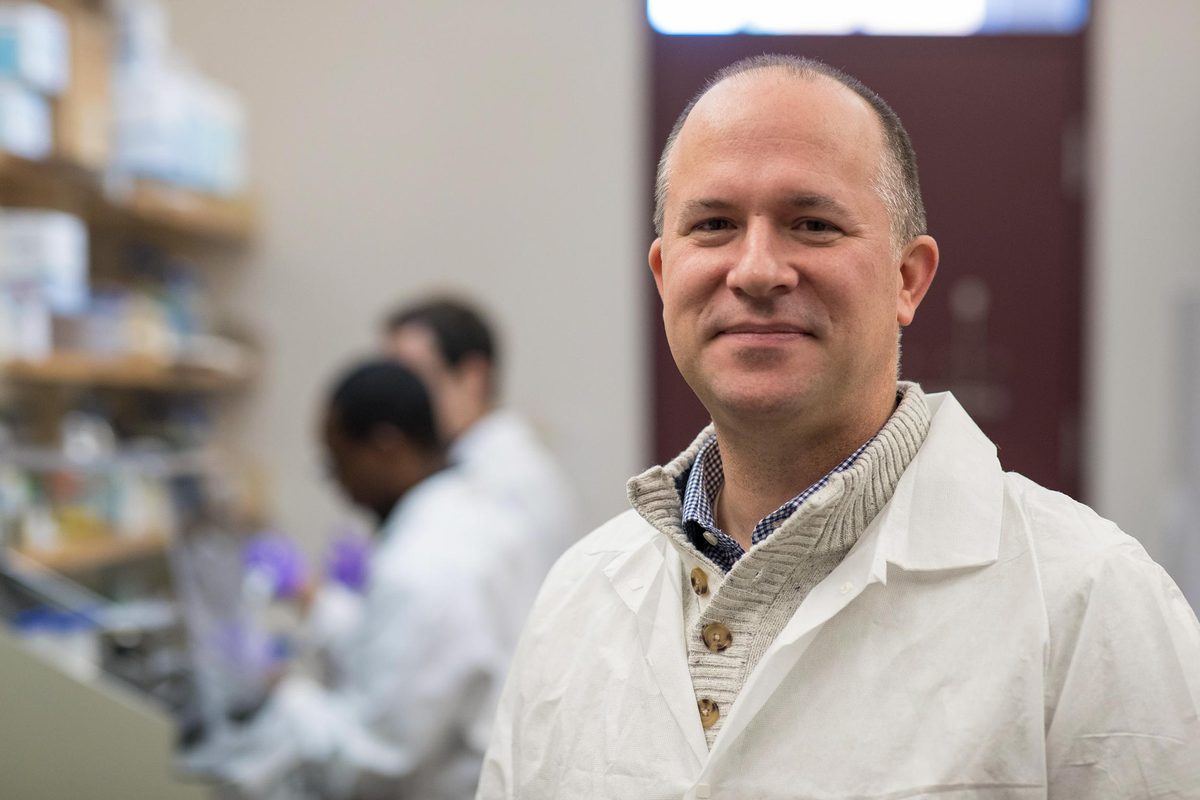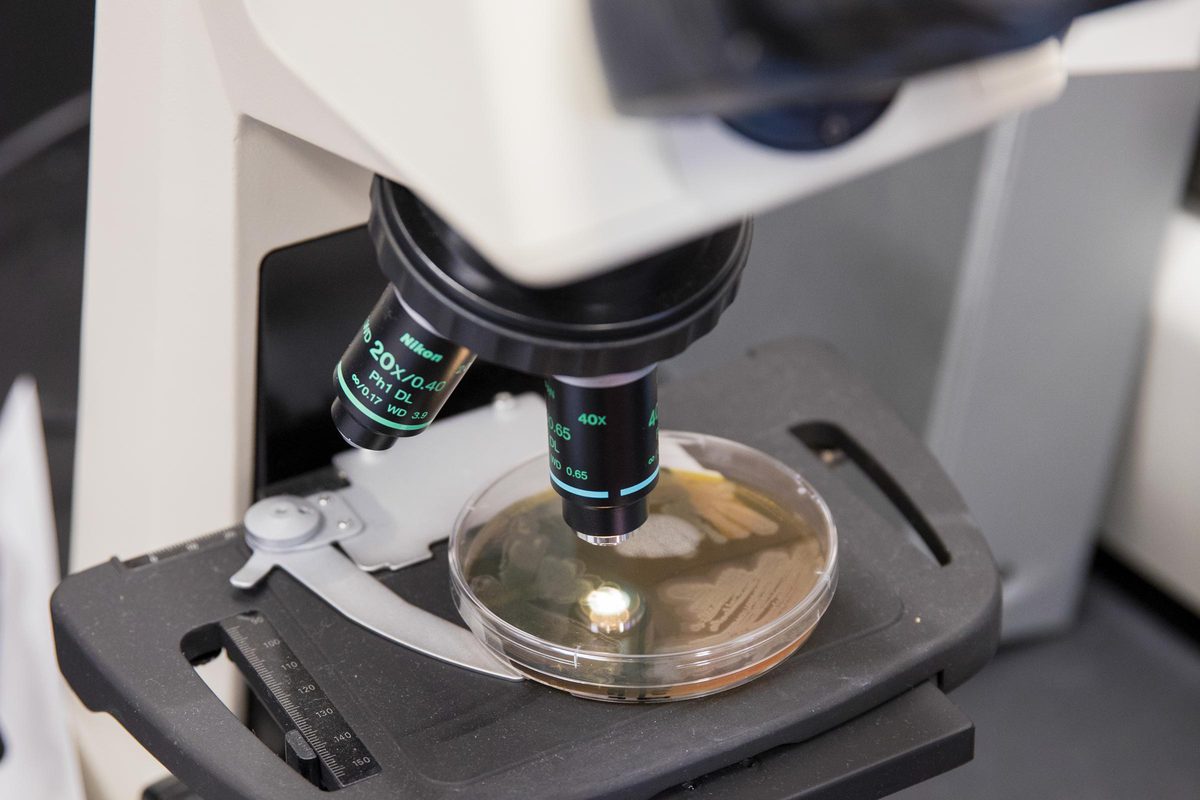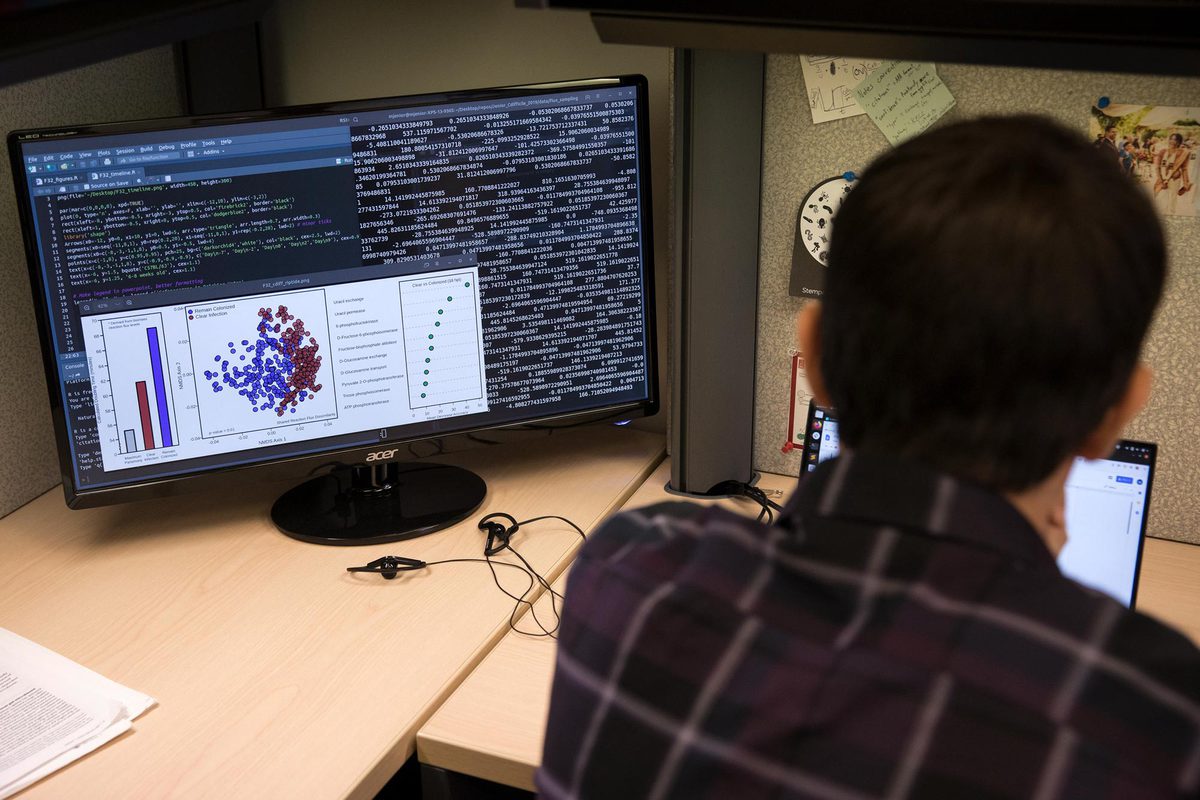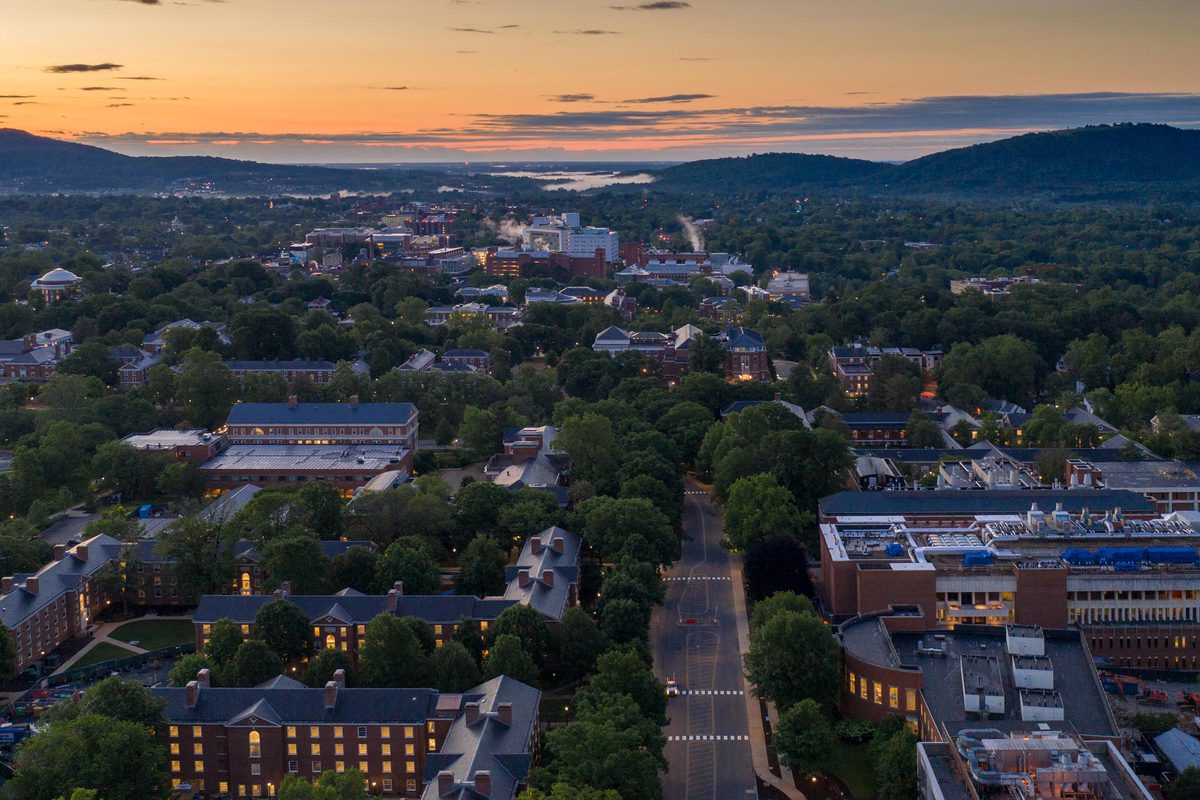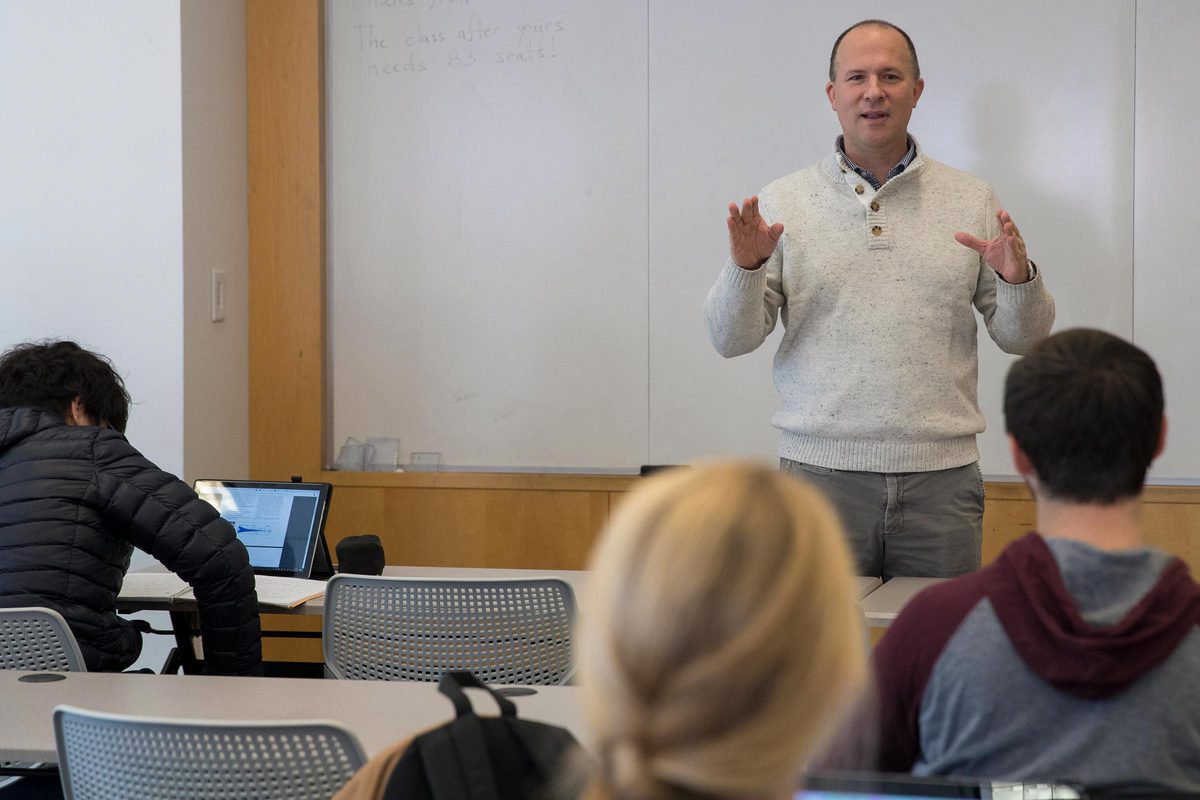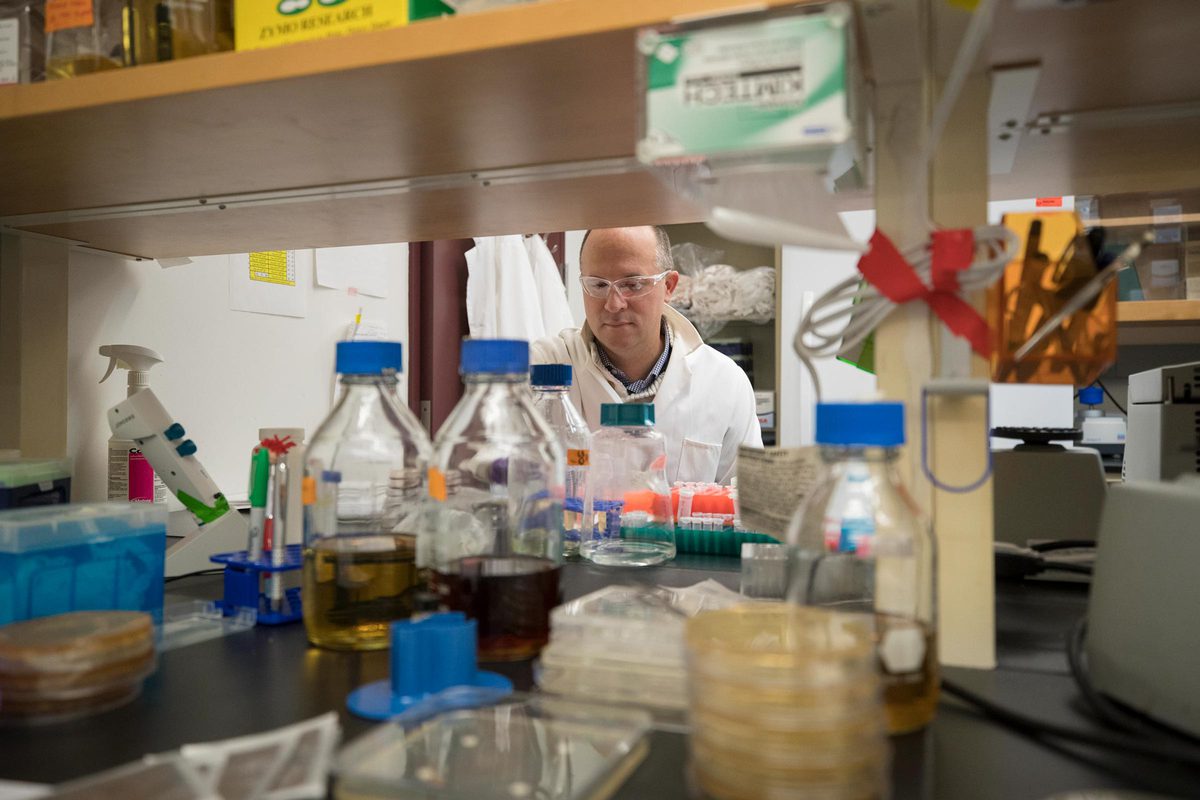To find out, researchers develop computer simulations and algorithms, plugging in information from the lab. The more information the algorithm receives, the more predictive it becomes.
“We then sort through those predictions, check them against published literature and, if there are gaps or phenomena we don’t understand, return to the lab to do an experiment to understand why the prediction was correct or incorrect,” Papin said.
With that method, the possibilities are nearly endless. Researchers can, for example, identify cells best equipped to respond to a particular drug, or track how bacteria evolve and adapt during the course of an infection. They can also work to predict how antibiotic resistance develops or changes, or how different organisms in our microbiome interact with each other.
“We can generate thousands and millions of different data points and see how all of those pieces connect to each other,” Papin said.
Recently, for example, students in Papin’s lab studied different ways bacteria respond to existing antibiotics. They found that bacteria that are resistant to one antibiotic can lose that resistance when treated with another antibiotic. In addition, they discovered that antibiotic-resistant bacteria have altered ways of interacting with the environment.
“The solution doesn’t necessarily have to be developing new antibiotics,” Papin said. “It might mean using the ones we have more intelligently or differently.”
Such data is crucial to human health in many ways, Papin said, because there are at least as many microbes in and on our bodies as there are human cells, if not more.
“We have to understand how all of these cells interact with each other and with human cells, and how they communicate with each other,” Papin said. “Those complex relationships are key to so many treatments.”
UVA is an exciting place to do that work. The schools of Medicine and Engineering are located together, promoting all sorts of collaboration, and the newly launched School of Data Science is building on growing momentum in the field across Grounds.
